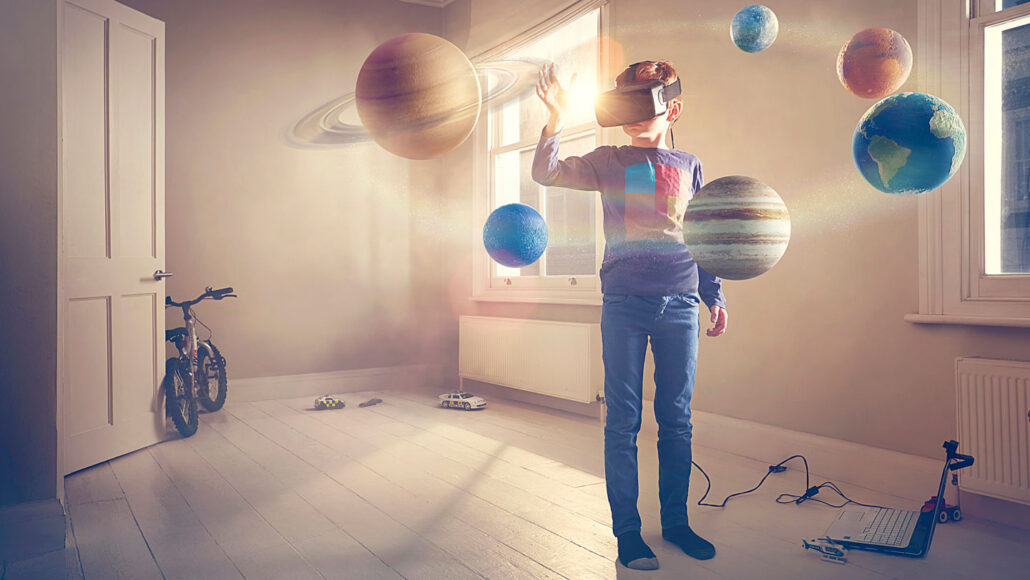3-D: Short for three-dimensional. This term is an adjective for something that has features that can be described in three dimensions — height, width and length.
artifact: Some human-made object (such as a pot or brick) that can be used as one gauge of a community’s culture or history. (in statistics or experiments) Something measured or observed that is not naturally a part of some system. It was instead introduced accidentally as a result of how the measurement or study was performed.
environment: The sum of all of the things that exist around some organism or the process and the condition those things create. Environment may refer to the weather and ecosystem in which some animal lives, or, perhaps, the temperature and humidity (or even the placement of things in the vicinity of an item of interest).
extinct: An adjective that describes a species for which there are no living members.
haptic: (adj.) Relating to the sense of touch.
illusion: A thing that is or is likely to be wrongly perceived or interpreted by the senses.
immersive: (in computing) An adjective for the experience of becoming a part of some computer-generated — and therefore imaginary — environment. This experience is usually produced by wearing a headset that provides three-dimensional displays (or nearly 3D imaging) that change as the user moves. In many cases, the user can choose the avatar (the way they look in the environment) and can seemingly walk through the environment. Often they can also reach out and interact with the environment as if it were real and you were truly a part of it.
model: A simulation of a real-world event (usually using a computer) that has been developed to predict one or more likely outcomes. Or an individual that is meant to display how something would work in or look on others.
sea level: The overall level of the ocean over the entire globe when all tides and other short-term changes are averaged out.
system: A network of parts that together work to achieve some function. For instance, the blood, vessels and heart are primary components of the human body's circulatory system. Similarly, trains, platforms, tracks, roadway signals and overpasses are among the potential components of a nation's railway system. System can even be applied to the processes or ideas that are part of some method or ordered set of procedures for getting a task done.
virtual: Being almost like something. An object or concept that is virtually real would be almost true or real — but not quite. The term often is used to refer to something that has been modeled by (or accomplished by) a computer using numbers, not by using real-world parts. So a virtual motor would be one that could be seen on a computer screen and tested by computer programming (but it wouldn’t be a three-dimensional device made from metal). (in computing) Things that are performed in or through digital processing and/or the internet. For instance, a virtual conference may be where people attended by watching it over the internet.
virtual reality: A three-dimensional simulation of the real world that seems very realistic and allows people to interact with it. To do so, people usually wear a special helmet or glasses with sensors.

